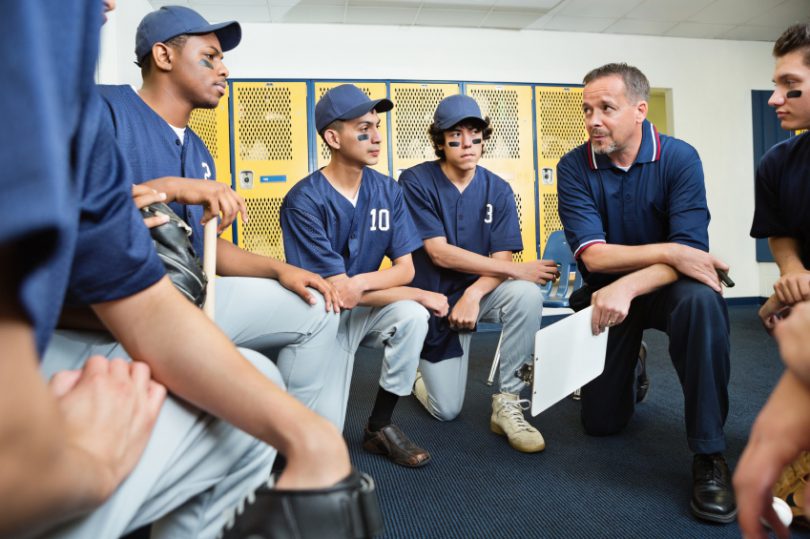In the middle of November, 2013, the airwaves and sports stations were buzzing with reaction to a bullying scandal in the NFL of all places. In the wake of alleged abuse of one NFL player by a teammate, many of the questions being asked sought to get a better understanding of whether the bullying behavior was an individual or team/organization issue. Specifically, people wanted to know if the higher-ups in the organization were 1) aware of the situation and/or 2) doing anything to actively discourage or encourage the behavior.
2nd year Miami Dolphins head coach Joe Philbin was under the microscope and facing a disaster that no coach ever wants to be a part of. Similar situations have taken place at every level of athletics and we want to provide you with some ideas so you can avoid these types of situations happening in your program. Here are 6 things you can do to keep up with the pulse of your team and put a stop to any issues or behaviors before they become big problems.
1. Create and meet on a regular basis with a leadership group of players who you trust. Select a player from each class year or position group to act as liaisons for their respective groups. Make sure the players are trustworthy, honest, and represent different groups on the team. It is tempting to have a leadership council of all veteran players, but it is more important to have the team as a whole (and the needs of different groups) well represented. Meet with the group every 2 weeks or so and let these players know that they are responsible for bringing potential issues to you as they arise throughout the year.
2. Make it known that your office door (whether figurative or literal) is open for any player to come in and discuss anything. To guard against intimidation or the fear of being a suck-up or tattle-tale, provide several ways for the players to communicate with you. This may include texting, emailing, calling, or meeting in person. You might want to set a specific time outside of practice and games when you will be in your office or at the field for players to drop in and talk. Consider having short mandatory one-on-one meetings with players as part of your normal in-season routine.
3. Create a culture where players know it is okay to speak up, regardless of talent or standing on the team. You may initiate this by matching younger players with older players who serve as mentors. The younger players should be encouraged to get help from the older players if they need it. It is also imperative that players know that anyone should be able to provide constructive criticism aimed at improving team performance. Before you implement this policy, make sure that your players know how to both give and receive constructive criticism.
4. Pay close attention to player behavior. When you see something out of the ordinary or odd, find out more about it from a trusted player or assistant coach and address any potential issue before it turns into a big problem. This could be anything from a player acting out of character to noticing that a number of different players are razzing a teammate for the same thing.
5. Prioritize effective ongoing communication. Leave nothing in question when it comes to addressing team rules or issues that come up. You may have to address the whole team, individual players, or both. Communication is the key to a successful team and the majority of problems can be avoided, if people speak up. Make sure that you set the tone so your players know that whatever they say is treated with respect even when you disagree.
Last but most important:
6. Show your players that there will be zero tolerance for any kind of abuse. Make it clear that hazing/initiation rights are not allowed and will not be tolerated. Period. Provide a hand out that makes this crystal clear right at the beginning of the season and read it/discuss it with the team. These days, it is important to put all of your rules in writing. Remind players of this rule throughout the season and (especially) again as the season comes to a close.
We all know the importance of team chemistry and playing together as a unit—these things start from the top. Keep track of your team’s pulse and put preventative measures in place so that you can keep your focus on coaching and not fixing problems that have spiraled out of control.







